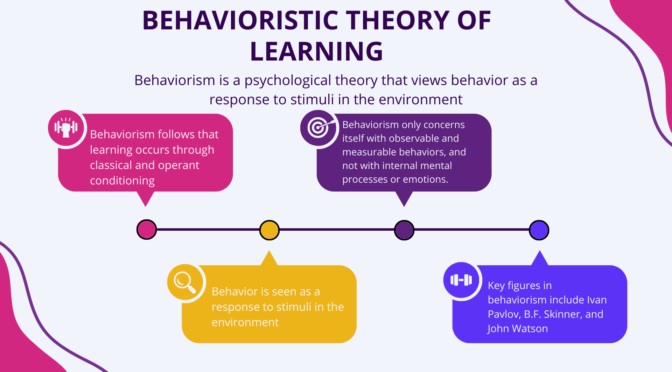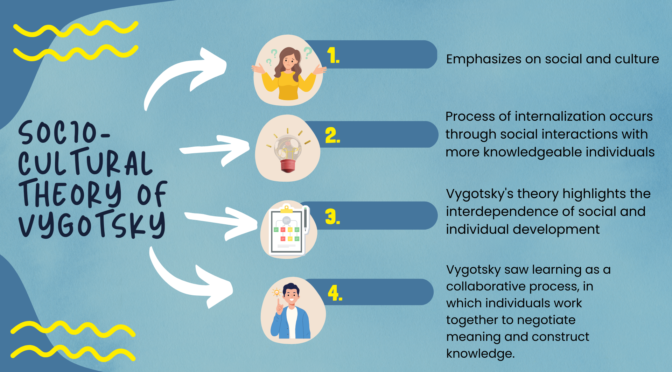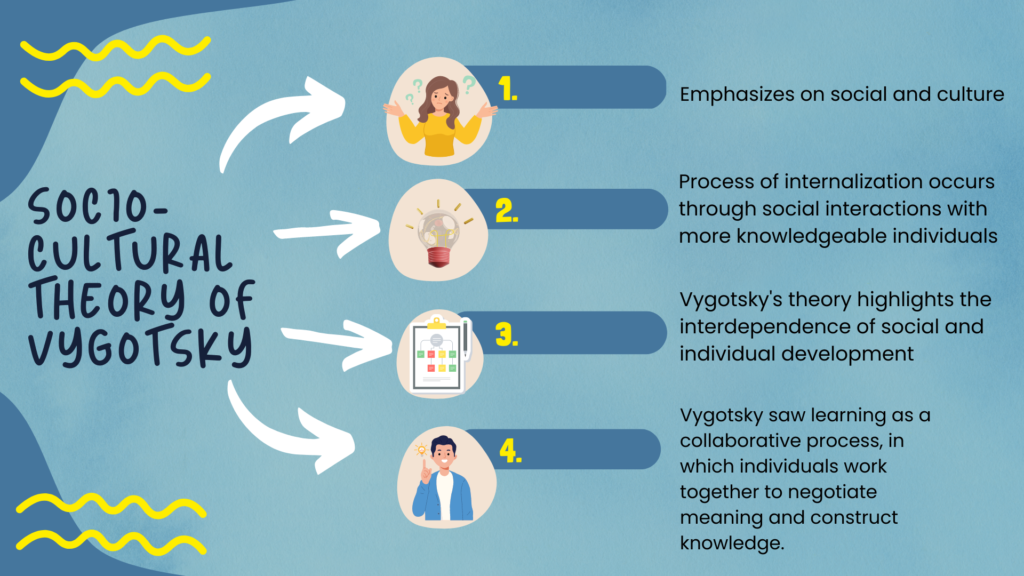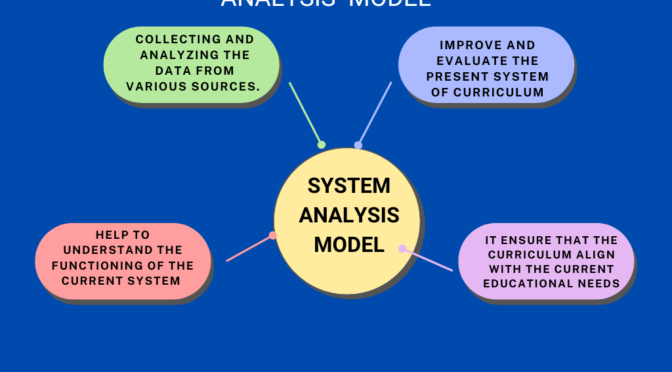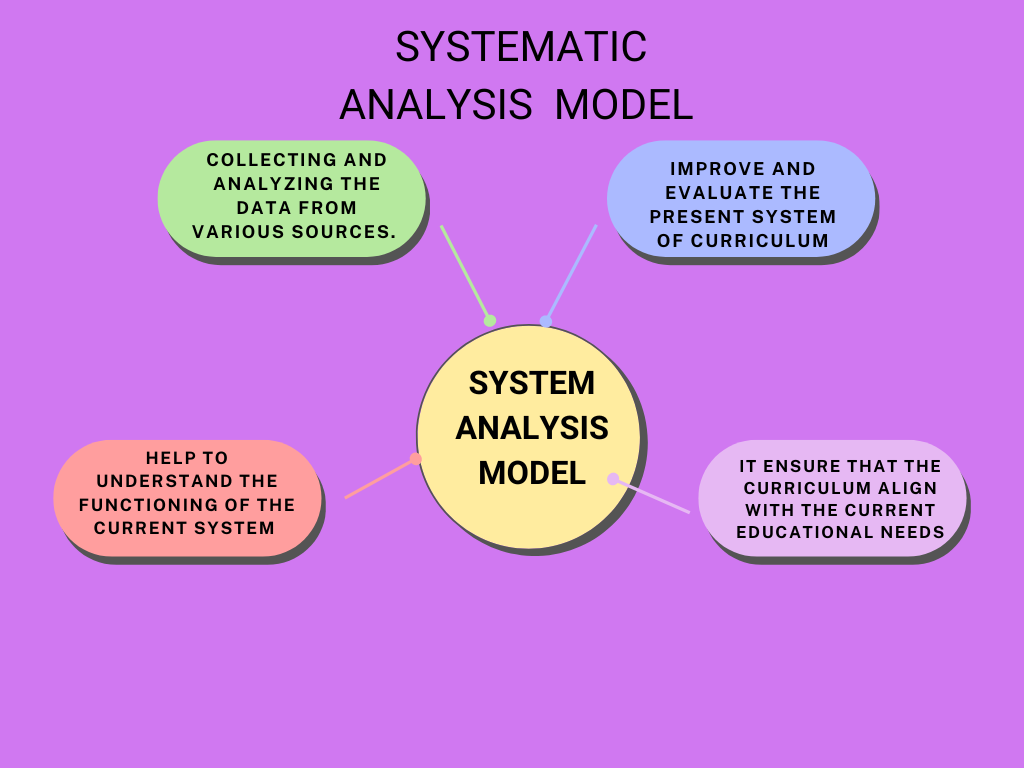The theory was first developed by B.F. Skinner in the mid-20th century and has been influential in shaping our understanding of learning and behavior. Behaviorism is a psychological theory that views behavior as a response to stimuli in the environment. It is based on the idea that all behavior can be explained by the relationship between stimuli and responses, and that learning occurs through the formation of associations between stimuli and responses.
It emphasizes the role of environmental stimuli and rewards/punishments in shaping and modifying behavior. Key figures in behaviorism include Ivan Pavlov, B.F. Skinner, and John Watson. This theory has been applied in fields such as education , and has also influenced the development of behavior modification techniques and therapies.
Key features of behaviorism include:
- Emphasis on observable behavior: Behaviorism only concerns itself with observable, measurable behavior and disregards internal processes such as thoughts and feelings.
- Conditioning: Behaviorism follows that learning occurs through classical and operant conditioning, where behavior is shaped through reinforcement or punishment.
- Stimulus-Response Relationships: Behavior is seen as a response to stimuli in the environment, and the goal of behaviorism is to identify the specific relationships between stimuli and responses.
- Use of Reinforcement and Punishment: Reinforcement is used to increase the frequency of desired behaviors, while punishment is used to decrease the frequency of undesired behaviors.
- Focus on the Environment: Behaviorism places a strong emphasis on the role of the environment in shaping behavior, and views behavior as largely determined by environmental factors.
- Scientific approach: Behaviorism uses a scientific, empirical approach to understanding behavior, relying on systematic observation and experimentation to develop theories and principles.
- Limited focus: Behaviorism has a limited focus on human behavior, neglecting the internal mental processes that may play a role in shaping behavior.
Also Read : Sigmund Freud Theory
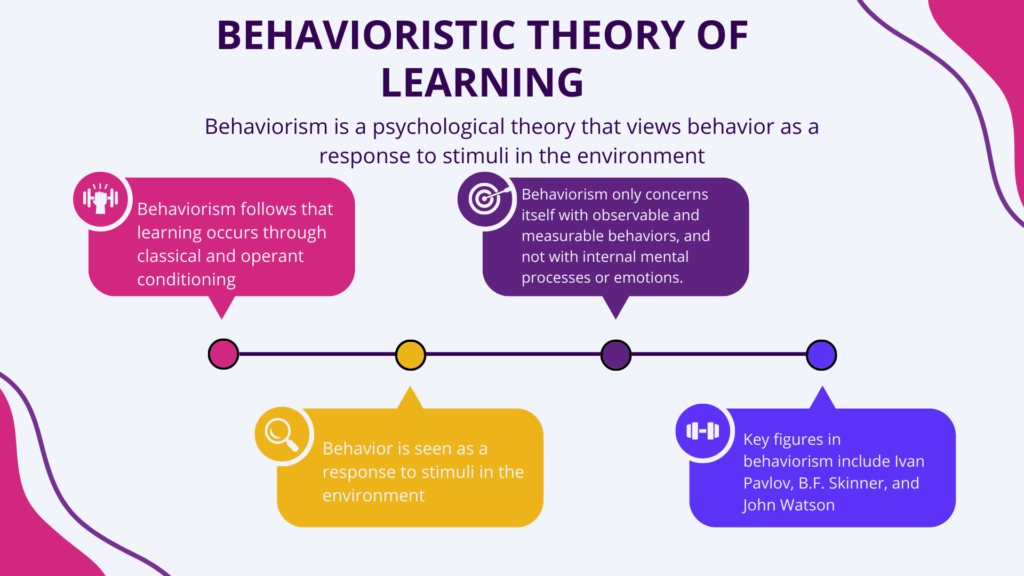
Also Visit : Prep with Harshita

